Physics
Fox
Summary
- The Earth acts like a huge bar magnet. Its poles are known as the magnetic north and south poles.
- The magnetic north and south poles are near to, but not the same as, the geographic north and south poles (which indicate the axis the Earth spins around).
- A compass always points towards the magnetic north pole (unless there are other magnetic fields nearby). This is useful for navigation (when also used with a map).
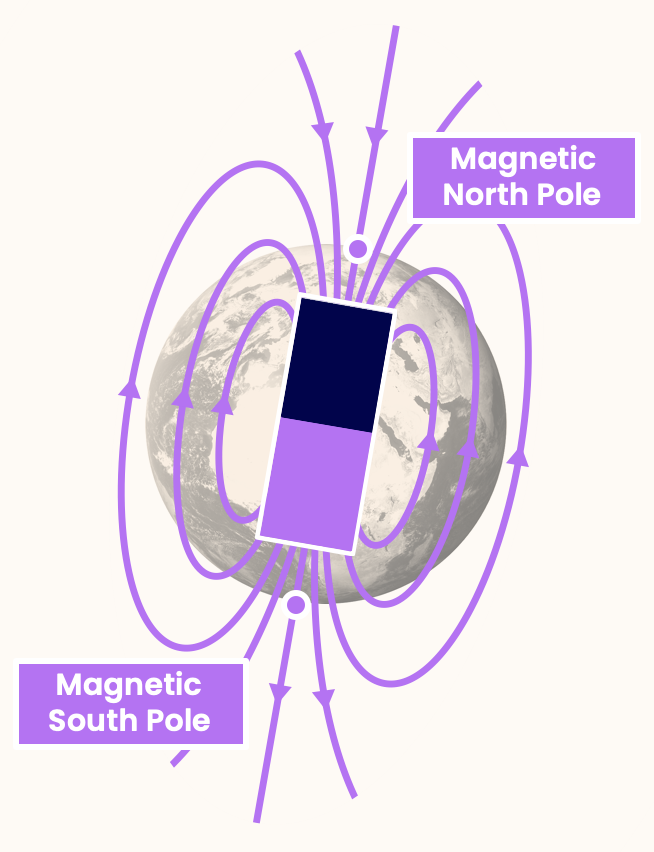
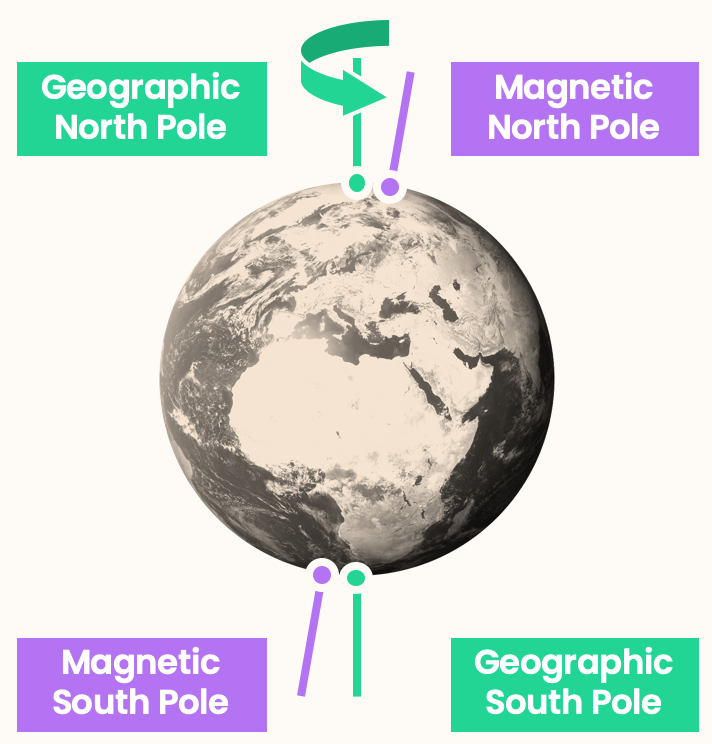

Magnetic attraction
It’s causing a strong reaction
The structure of the centre of the Earth makes the Earth act as if it has a massive bar magnet inside it. Like all bar magnets, it has a magnetic north and south pole.
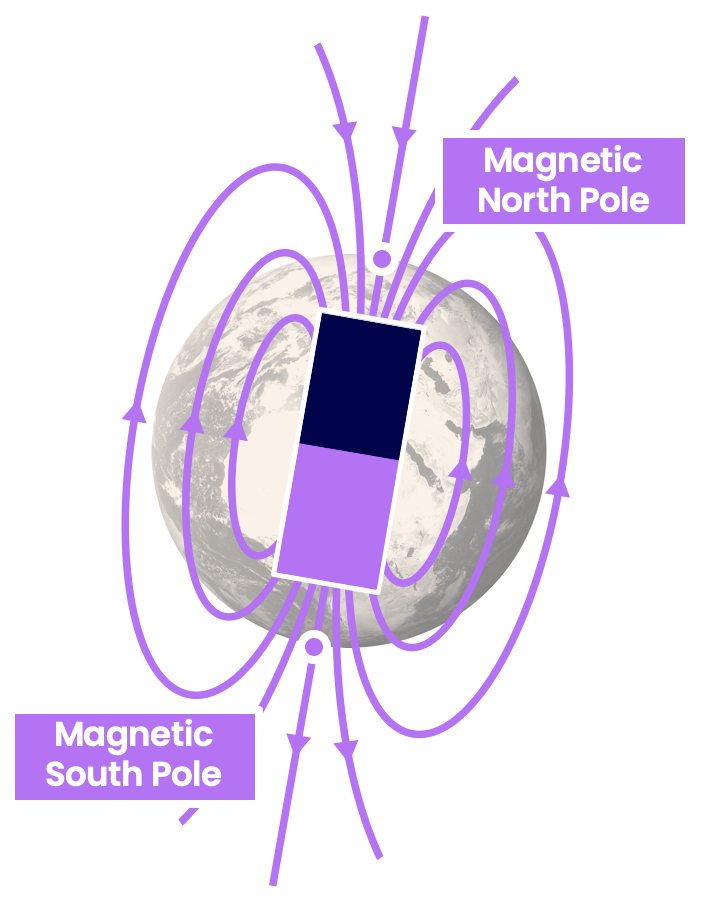
The Earth spins about its axis. The two points where the axis touches the Earth's surface are called the geographic North and South poles. These are not in the same places as the magnetic pole (they are about 400km apart). Unlike the geographic poles, the magnetic north and south poles actually move every year — by about 50km! (Maybe this is why Santa chooses to live at the geographic North Pole).
The Earth's magnetic field is quite weak — if you put a bar magnet on the floor it's not suddenly going to race towards the north pole. If we're clever enough, we can find a way to detect this weak field...
Let's suppose we tie a piece of string around the middle of a magnet, and suspend the magnet from above. The magnet can freely rotate, so it will point towards the magnetic north pole. We have invented the compass!
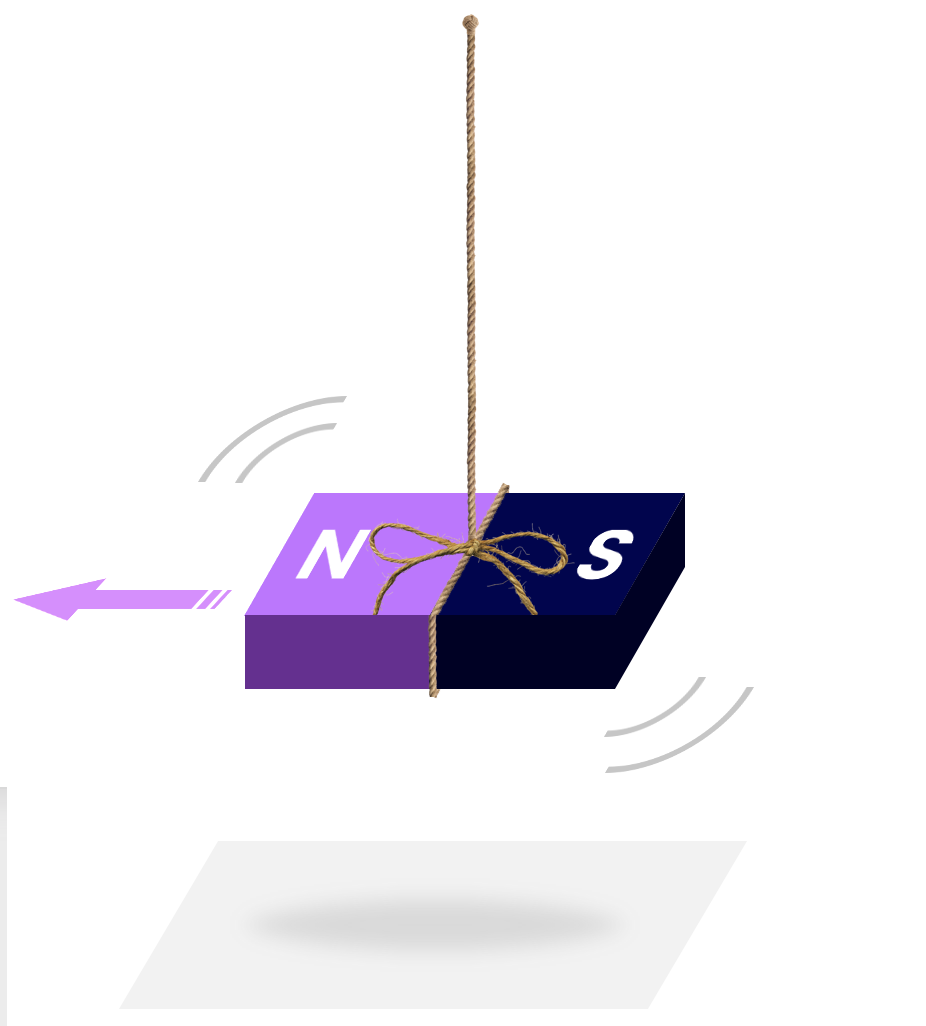
This method has one flaw, however. The compass will oscillate in place for ages before slowing down and aligning with North. To improve this, we need to find a way to slow the oscillations.
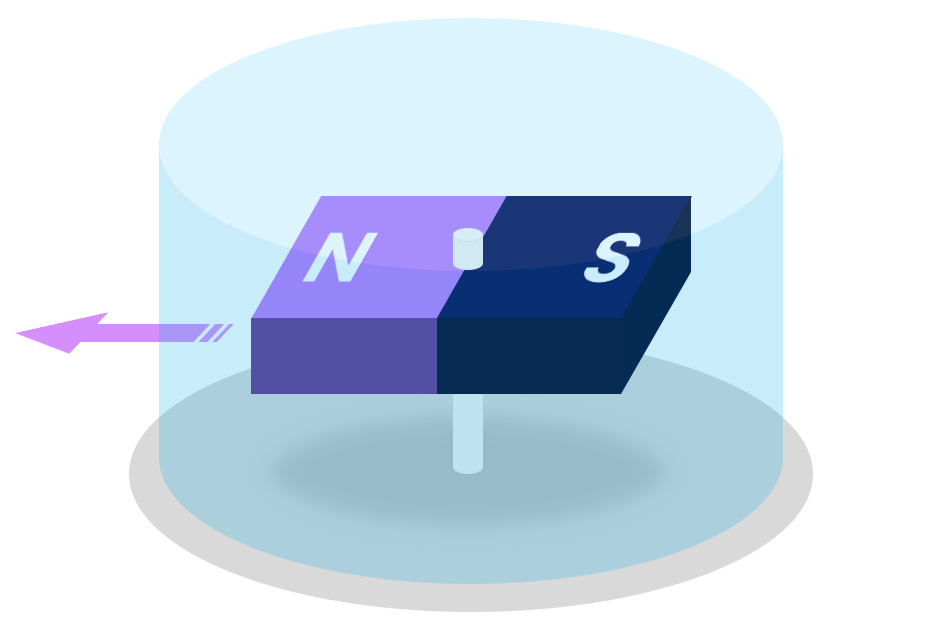
We do this by putting the magnet in water. If we make the magnet much smaller, suspend it from below, and thin out the edges, we'll arrive at the modern design of the compass.

Let's say you need to get somewhere, but your phone's died and you only have a map to go by. With the map, you can tell your destination is to the east:

But which way is east? You might be able to figure it out by looking for some nearby landmarks, and comparing them to ones labelled on the map. But you're out of luck if it's foggy, dark, or you're somewhere that's exceptionally dull.
The solution? If you carry a compass, you will always know which way north is. This means you also know which way every other direction is. So walking east is easy!

Because the north pole of a compass points towards the Earth's magnetic “north pole”, that means that the Earth's magnetic “north pole” is actually a magnetic south pole! (Because unlike poles attract.) Similarly, the Earth's “south pole” is actually a north pole.
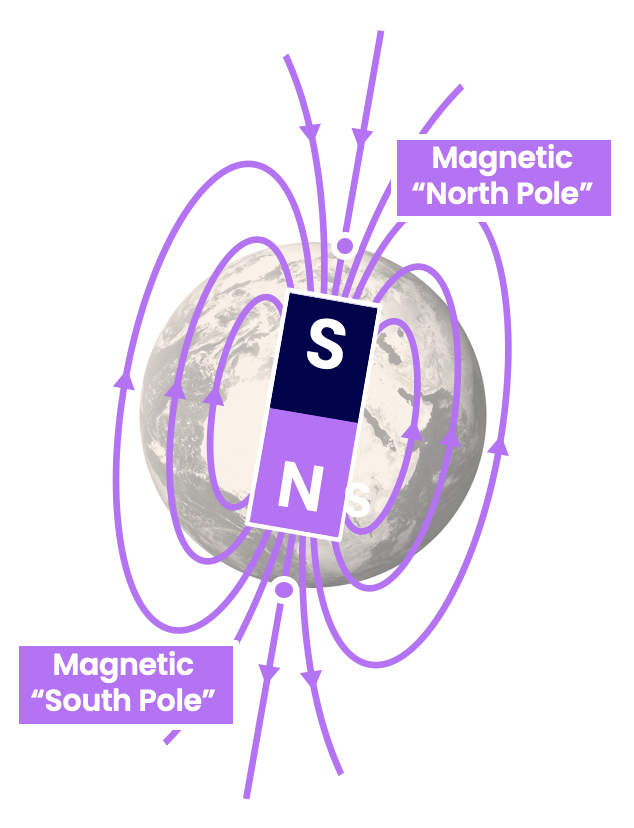
Congratulations!
3 of 3 questions completed
+ ⭐️ collected.
Sign up (for free!) to:
• save your progress 📊
• create constellations✨
• customise your fox! 🦊







